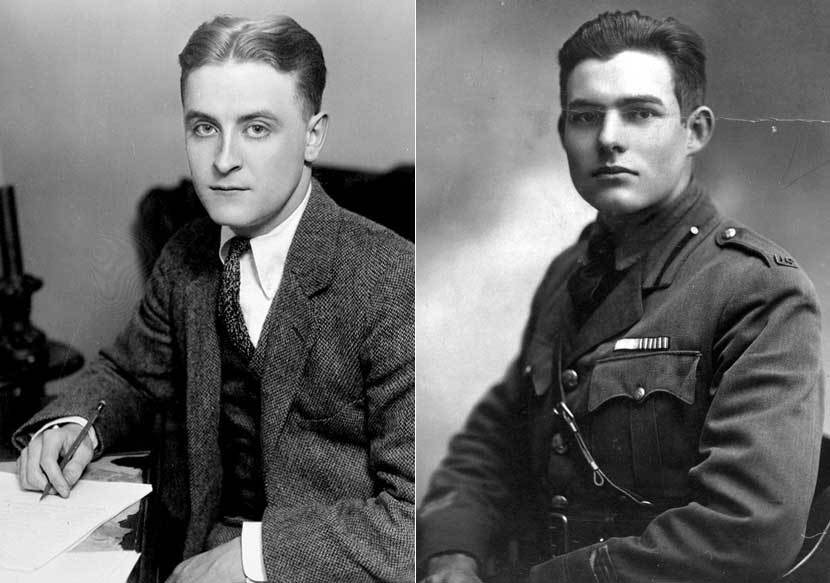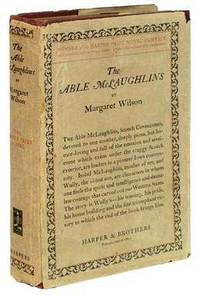
A host of American literary works from the early 1920s entered the public domain on January 1. At last, any publisher can reissue them and any writer or artist is free to re-imagine them as the basis of a new work.
When the controversial Copyright Term Extension Act (CTEA) extended the licenses for works from seventy-five years to ninety-five years after publication, it effectively locked in for another generation the copyright of texts published between 1923 and 1977. Works published in 1923, which would have entered the public domain in 1999, were instead protected until 2019.
As readers may well imagine, the release of these texts is big news for Library of America. Alexandra Alter in To cite two of the most prominent examples, copyrights on F. Scott Fitzgerald’s The Great Gatsby (1925) and Ernest Hemingway’s The Sun Also Rises (1926) will lapse in 2021 and 2022, respectively. Library of America Editorial Director John Kulka explained to Inside Higher Ed that the expiration of copyright for these works is “a boon for readers, as new editions become available and as scholars are free to quote at length from these works. To paraphrase my friend the Fitzgerald scholar James West, these books really do belong to the public.” Kulka cautioned, however, that works of literature entering public domain can turn up in shoddy, substandard new versions that rely on corrupt texts or offer little or no editorial annotation. “Whether or not we’re doing a service to readers or an injury depends entirely upon the quality of a particular edition,” he said. The ending of the restrictive publishing environment created by the 1998 law means that LOA is finally free to proceed on multiple fronts. In the coming months we expect to make available carefully prepared, authoritative editions of selected titles entering the public domain in eBook editions and/or paperback reprints. Among the new and forthcoming titles are eBooks of Edith Wharton’s A Son at the Front, Sherwood Anderson’s Many Marriages, and The Able McLaughlins, a 1923 debut novel by Margaret Wilson that won the Pulitzer Prize—and more are on the way.Now that the term extension has run out, the spigot has been turned back on. Each January will bring a fresh crop of novels, plays, music and movies into the public domain. Over the next few years, the impact will be particularly dramatic, in part because the 1920s were such a fertile and experimental period for Western literature, with the rise of masters like F. Scott Fitzgerald, William Faulkner, Ernest Hemingway and Virginia Woolf.




